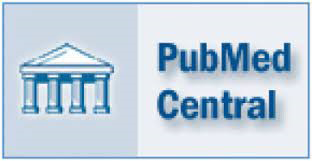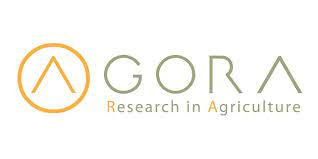The Results of 16 Years of Iodization: Assessment of Iodine Deficiency Among School-age Children in Antalya, Turkey
Gamze Çelmeli1, Yusuf Çürek1, İkbal Özen Kücükçetin2, Zümrüt Arslan Gülten3, Sebahat Özdem4, Sema Akçurin5, İffet Bircan51University of Health Sciences Turkey, Antalya Training and Research Hospital, Clinic of Pediatric Endocrinology, Antalya, Turkey2Akdeniz University Faculty of Health Sciences, Department of Nutrition and Dietetics, Antalya, Turkey
3Akdeniz University Faculty of Medicine, Department of Pediatrics, Antalya, Turkey
4Akdeniz University Faculty of Medicine, Department of Biochemistry, Antalya, Turkey
5Akdeniz University Faculty of Medicine, Department of Pediatric Endocrinology, Antalya, Turkey
Objective: Iodine deficiency (ID) continues to be a problem around the world. This study investigated the prevalence of ID and goiter among school-age children in the city center of Antalya, Turkey. The aim was to investigate the effect of an iodization program, which had been running for sixteen years, on nutritional iodine status in this population.
Methods: A total of 1,594 school children, aged 6-14 years, were included in this cross-sectional study. ID was evaluated based on median [interquartile range (IQR)] urine iodine/creatine (UI/Cr) (µg/g) ratio and median (IQR) UI concentrations (UIC) (µg/L). UICs were measured using the Sandell-Kolthoff method. Goiter was determined by palpation and staged according to World Health Organization classification.
Results: Median (IQR) UIC was found to be 174.69 (119.17-242.83) µg/L, and UIC was found to be lower than 50 µg/L in 6.5% of the population. The median UI/Cr ratio increased from 62.3 to 163.3 µg/g and goiter rates had decreased from 34% to 0.3% over the 16 years of the program. However, 19% were still classified as ID (mild, moderate or severe) and, furthermore, 11.5% were classified as excessive iodine intake.
Conclusion: Comparison of two cross-sectional studies, carried out 16-years apart, showed that Antalya is no longer an ID region. However, surveillance should be continued and the percentage of ID and iodine excess individuals in the population should be monitored to avoid emerging problems.
Manuscript Language: English



























